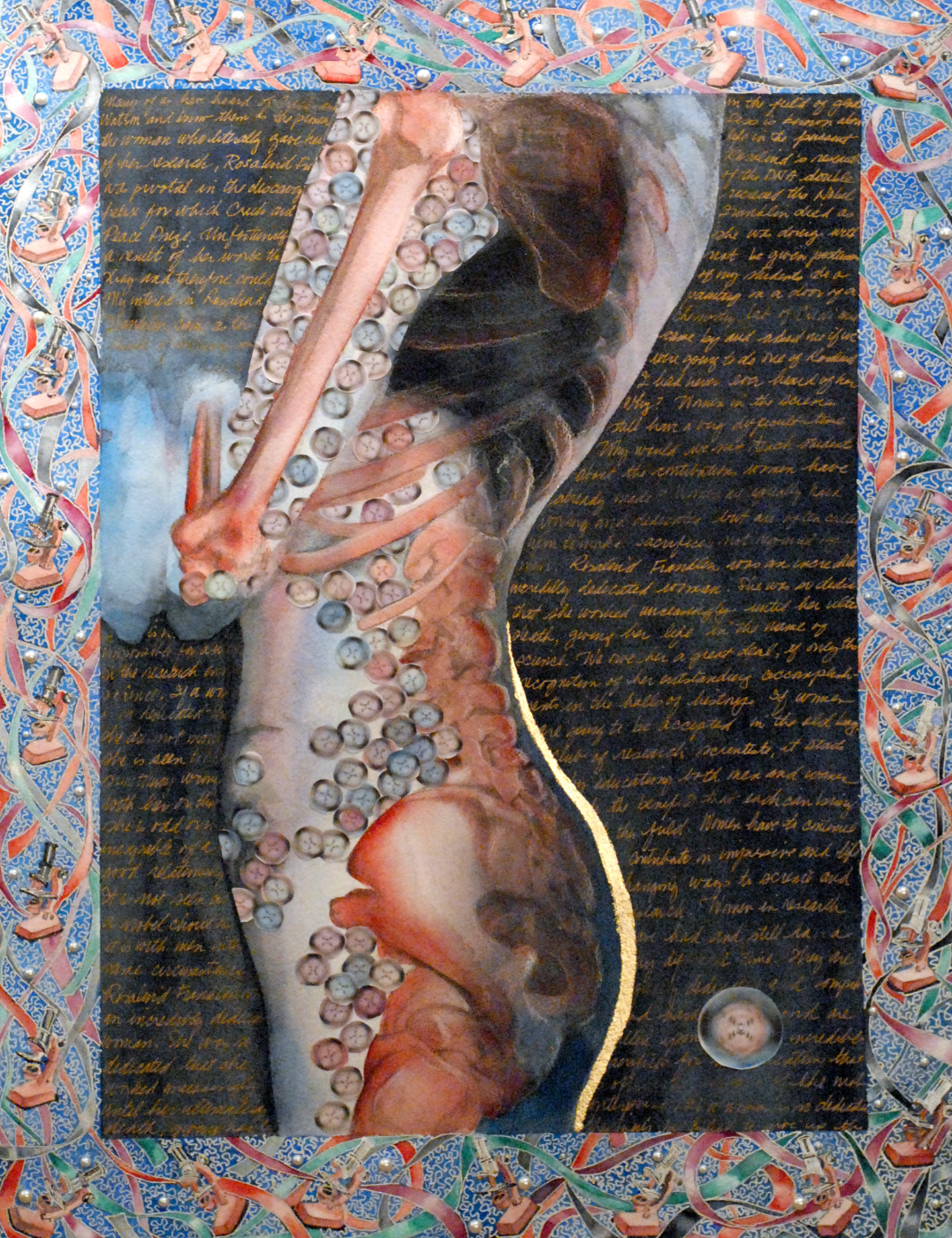ROSALIND FRANKLIN: THE DOUBLE HELIX
Rosalind Franklin was born in Notting Hill, London into an affluent and influential British-Jewish family on July 25th, 1920. She became a British biophysicist, physicist, chemist, biologist and X-ray crystallographer who made important contributions to the understanding of the fine molecular structures of DNA, RNA, viruses, coal and graphite.
Franklin is still best known for her work on the X-ray diffraction images of DNA. Her data, according to Francis Crick, was “the data we actually used” to formulate Crick and Watson’s 1953 hypothesis regarding the structure of DNA. Furthermore, unpublished drafts of her papers (written as she was arranging to leave the unsupportive research situation at King’s College London) show that she had indeed determined the overall B-form of the DNA helix. However, her work was published third, in the series of three DNA Nature articles, led by the paper of Watson and Crick which only vaguely, acknowledged her evidence in support of their hypothesis. The possibility of Franklin having played a major role was not revealed until Watson wrote his personal account, The Double Helix, in 1968, which subsequently inspired several people to investigate DNA history and Franklin’s contribution. The first, Robert Olby’s “The Path to the Double Helix”, supplied information about original source materials for those that followed. After finishing her portion of the DNA work, Franklin led pioneering work on the tobacco mosaic and polioviruses.
She died at the age of 37 from complications arising from ovarian cancer and was never awarded the Nobel Prize along with Crick and Watson, as the award was not given posthumously.

